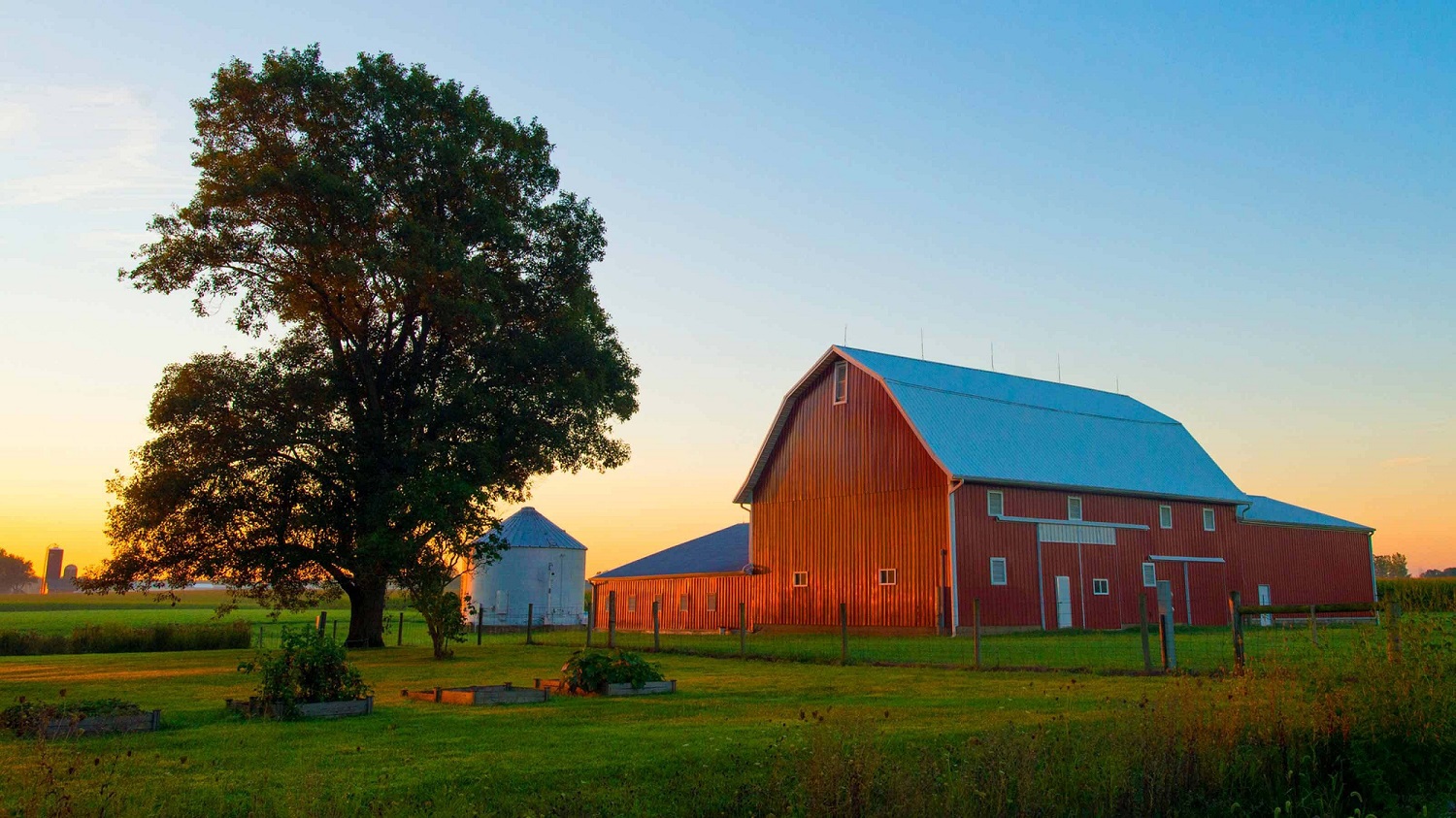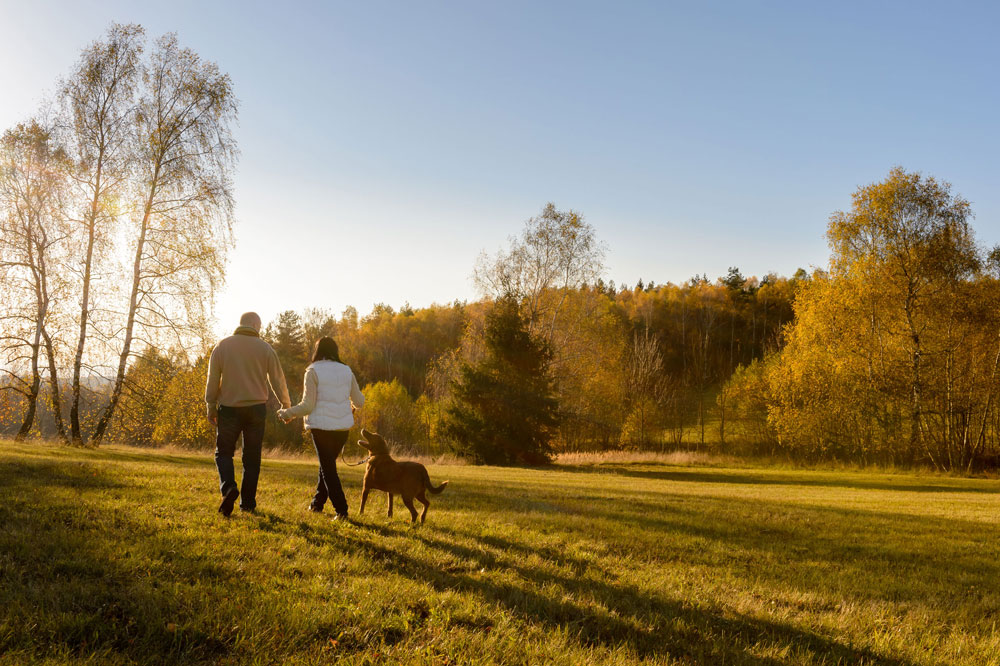Giving Rural Communities a Blueprint for Health

Nov. 18, 2021
Rural communities face unique challenges when it comes to health care. The BlueCross BlueShield of South Carolina Foundation, in collaboration with the South Carolina Office of Rural Health (SCORH), is working to close the gaps in health status and life expectancy between rural and urban communities by giving rural community leaders ways to solve root causes of poor health.
Blueprint for Health is a program funded by the Foundation. It was established to connect people in rural communities with community partners to decrease health risks by addressing social determinants of health unique to each community.
“It is less about being near a hospital or going to see the doctor and more about how our rural communities can work with different partners and think about more upstream solutions to the health issues they face,” says Andrew Chandler, program manager with SCORH. “We really wanted people to think about the root causes of the health disparities in their communities. Then the conversation becomes about how to get resources for people who are struggling financially, having mental health issues or facing food insecurity.”

The Blueprint for Health program prepares rural community leaders through a three-part approach. Communities are given guidance through leadership training. They also are tasked with developing a community project focused on improving community health. Participants also are asked to draft a “Vision for Health” strategic plan for their community.
“The goal is to create something that has a lasting impact. We wanted them to have something in writing to help coalition leaders continue working toward creating a healthy community,” Chandler says. “We want to help them change their mindsets and think more broadly about health in general.”
To date, 12 community coalitions have participated in the program. They have added more than 80 partnerships to their coalitions. Many also have received federal, state and local funding to work toward reducing health disparities. The training, provided through Blueprint for Health, allowed communities in Dillon, Laurens and Marion counties to provide direct response to community needs during the COVID-19 pandemic.
“Blueprint for Health brought together different cross-sections of the population to create a broader view of their communities’ needs. You have people from diverse backgrounds and lived experiences coming together to talk about the health challenges they face. These coalitions have become a voice for their communities,” Chandler says. “Just because you don’t have a hospital, it doesn’t mean you don’t have people who care and who can help.”
 Focus on Infant Mental Health
Focus on Infant Mental Health
Hearing the term “infant mental health” sounds unfamiliar to most parents. However, it’s a very real thing. Kerrie Schnake, director of the South Carolina Program for Infant/Toddler Care at the University of South Carolina and president of the South Carolina Association for Infant Mental Health, weighs in on the importance of supporting young children developing healthy behaviors.
Read More Supporting Affordable Access to Health Foods
Supporting Affordable Access to Health Foods
A healthy diet is key to ensuring good overall health. Eating well-rounded meals that include fresh produce can help reduce the risks of developing chronic diseases like heart disease and diabetes. But many people throughout South Carolina do not have access to healthy foods, especially fresh fruits and vegetables. FoodShare South Carolina was established to help bridge the gap and create greater access to healthy foods.
Read More Getting a Head Start on Health with Upstream Intervention
Getting a Head Start on Health with Upstream Intervention
It’s never too late to start adopting healthy habits. But it’s also never too early. This is particularly true when it comes to diabetes, which affects more than 600,000 people in South Carolina. And that number is expected to continue to grow without drastic action. That’s where upstream intervention comes in.
Read More
















